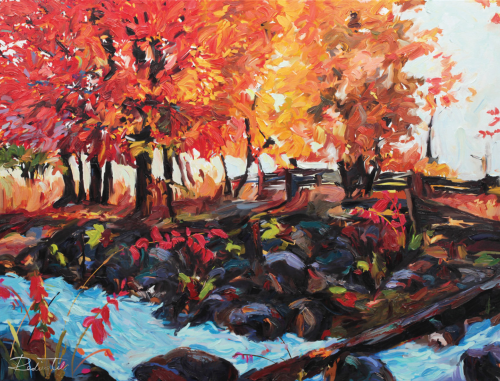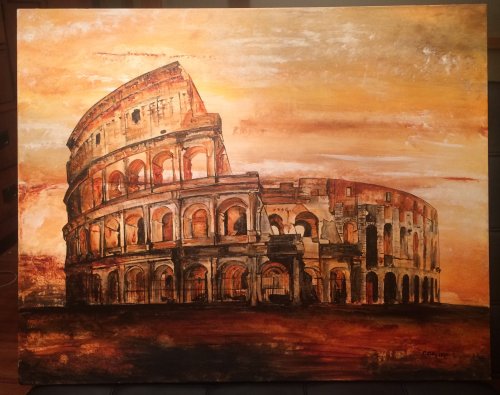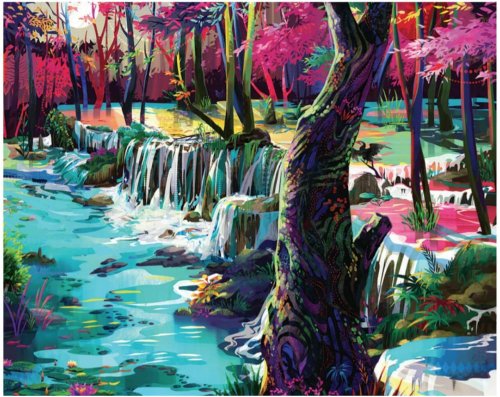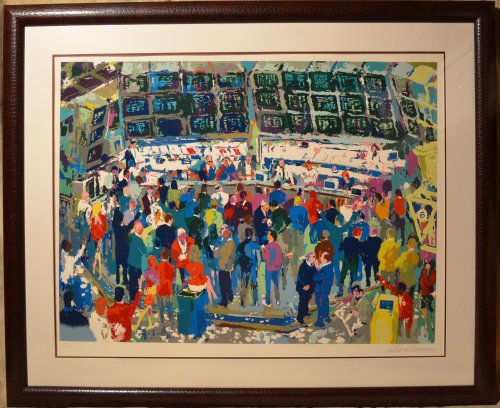This week’s artist:
J.M.W Turner* was an English Romantic Landscape Painter in the 19th century, as well as a watercolourist and a print-maker. His style of painting started was harmonious and calm, then he shifted to portraying a rougher side of nature. Turner’s artworks featured the concept of the sublime (also known as “the feeling of awe”). His famous artworks include Snow Storm: Steam-Boat off a Harbour’s Mouth and The Slave Ship (Slavers Throwing Overboard the Dead and Dying: Typhoon Coming On).
The forms in his paintings appear blurry with only some distinctions of the compositions, which give intensity to the colours. It’s also noticeable how the brushstrokes are full of passion and energy. Because his style of painting was different from other Romantic artists, he was perceived as controversial. However, Turner’s innovative style in painting paved the way for artists into Impressionism, then eventually the period of abstract art. He achieved success in his career as a painter, which was better than most artists back then. Turner was especially famous for using colour powerfully to depict raw emotion.
His most famous artwork The Slave Ship (Slavers Throwing Overboard the Dead and Dying: Typhoon Coming On) is an example of how Turner captures the more turbulent side of nature. Turner paints his take on a story of a captain of a slave ship who ordered his crew to throw the dead and dying slaves overboard. The captain realised the insurance company would reimburse him for slaves lost at sea, not if they died on the ship. On the lower right-hand side there is a shackled slave whose leg that can be seen. The colours are vibrant and clash together to create an effect of intensity, which distracts the viewer from the subject matter.
*Joseph Mallord William Turner







